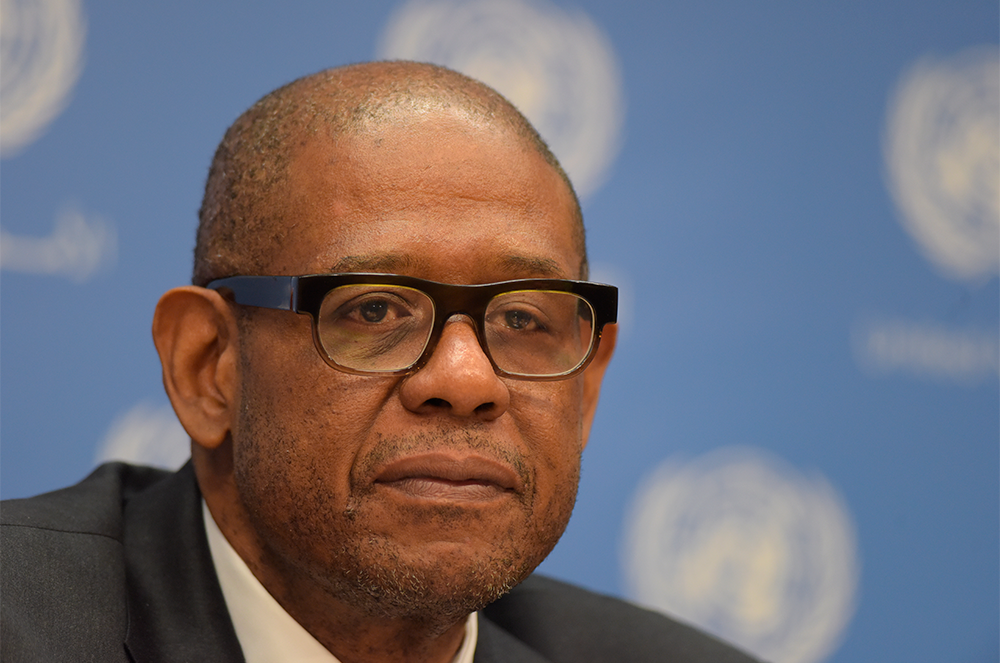
In September 2015 the United Nations (UN) adopted “Transforming Our World: 2030 Agenda for Sustainable Development,” which replaced the expired Millennium Development Goals (MDGs). Of 17 universal goals, health is a common thread woven into 11 and the singular focus of Goal Three, which seeks to “ensure healthy lives and promote wellbeing for all at all ages” (Lim 1813).
While the UN framework can identify high-and low-performing countries, inform policy decisions, guide resource allocation and monitor progress toward health-related Sustainable Development Goals (SDGs), significant criticism exists from scientific and news media communities. Both cite that the goals are vague and do not contain clear, reasonable and obtainable targets and indicators (Lim 1813). Additionally, critics say political influence can lead to distorted measurements (Lim 1813). SDG drafters argue that new goals were born of amazing consensus and were not delivered “top down” by technocrats as were MDGs. Furthermore, drafters argue that these new goals go beyond charity and attack global systemic issues, which cause poverty, social injustice and inequality (Hinkel 1).
In his article, “Measuring the Health-Related Sustainable Development Goals in 188 Countries: A Baseline Analysis from the Global Burden of Disease Study (GBD) 2015”, Stephen Lim, PhD and professor of Global Health at the University of Washington, highlights GBD as an example of a successful measurement tool for monitoring health-related SDGs (1815). The study is a global, regional and national comparative risk assessment of 79 health-related behaviors (read more here). Other researchers are proving that while assessing SDGs is highly complex it is doable.
According to Christopher Murray, MD, DPhil and director of Washington University’s Institute for Health Metrics and Evaluation: “Our work is saying that health-related SDGs are not some abstract pie-in-the-sky idea. We are saying they are important signposts that can be measured and monitored, and with regular annual monitoring these signposts will contribute to creating national and global accountability for progress. With the work we are doing, we are making a first critical step to committing countries to act. Users of our analysis need to review the results with respect to their specific needs and then act on them. With such a monitoring system that we have constructed, I think there is more chance of action and of creating accountability” (Maurice 1458).
Learn more about SDGs and work being done to accurately measure progress toward these goals:
- http://www.thelancet.com/journals/lancet/article/PIIS0140-6736(16)31791-3/fulltext
- http://www.thelancet.com/journals/lancet/article/PIIS0140-6736(16)31679-8/fulltext.
References:
- Chasek, Pamela S., et al. “Getting to 2030: Negotiating the Post-2015 Sustainable Development Agenda.” Review of European Comparative & International Environmental Law, Vol. 25, No. 1, Apr. 2016, pp. 5-14. EBSCOhost, doi:10.1111/reel.12149.
- “The good, the bad and the hideous.” The Economist. The Economist Newspaper, 26 Mar. 2015. 28 May 2017.
- J Hickel, “The problem with saving the world,” Jacobin, 8 Aug. 2008. Web. 28 May 2017.
- Lim, Stephen S., et al. “Measuring the Health-Related Sustainable Development Goals in 188 Countries: A Baseline Analysis from the Global Burden of Disease Study 2015.” The Lancet, Vol. 388, No. 10053, 2016, pp. 1813-1850.
- Maurice, John. “Measuring progress towards the SDGs – a new vital science.” The Lancet10053 (2016): 1455-1458.
- Wysokińska, Zofia. “Millenium Development Goals/UN and Sustainable Development Goals/UN as Instruments for Realising Sustainable Development Concept in the Global Economy.” Comparative Economic Research1 (2017): 101-118.
